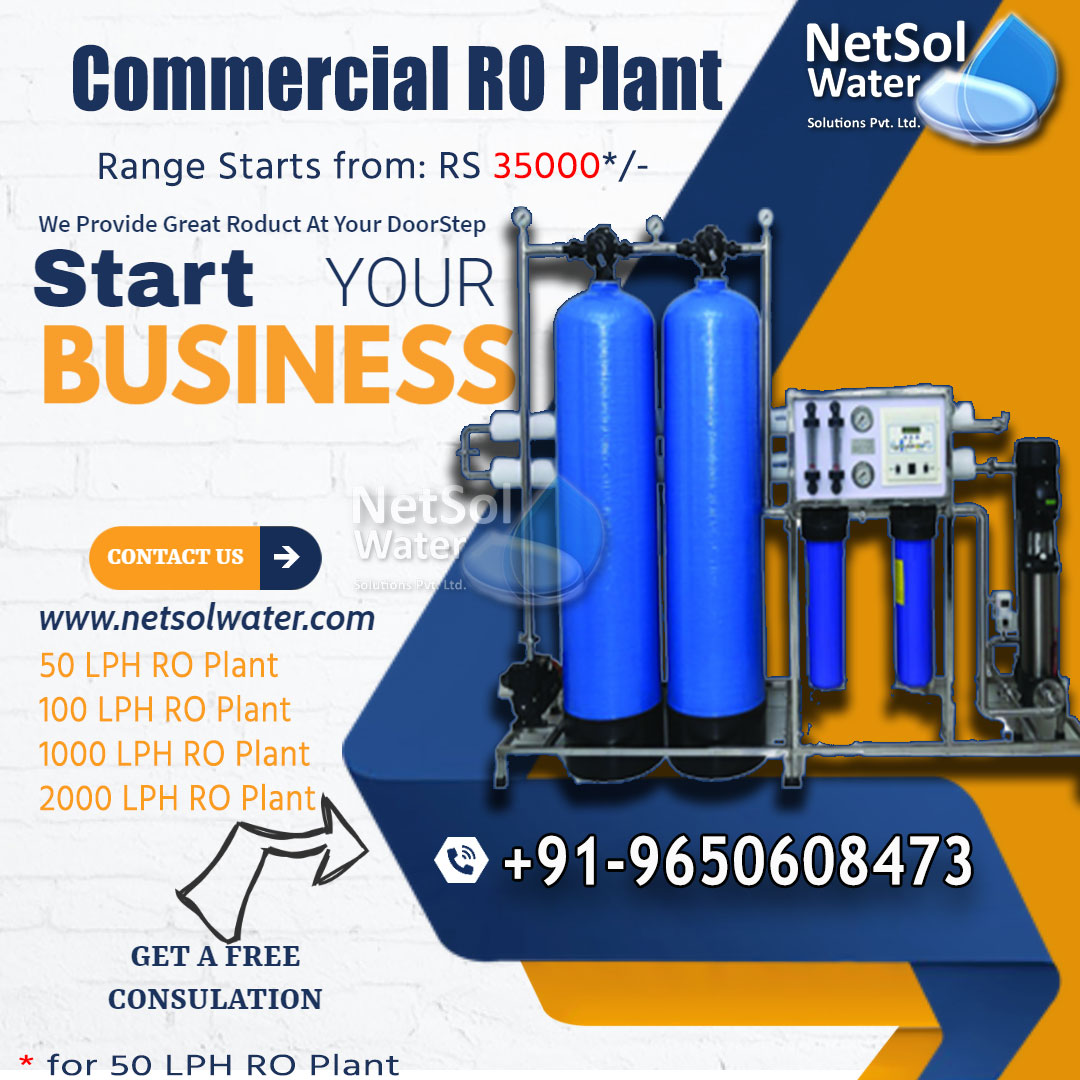What is Reverse Osmosis?
Reverse osmosis, or RO, is a method of demineralizing or deionizing water by forcing it through a semi-permeable membrane under pressure.The water molecules pass through the semi-permeable membrane as the feed water enters the RO membrane under pressure, but the salts and other contaminants are not allowed to pass and are discharged through the reject stream, which can be fed back into the feed water supply in some circumstances to be recycled through the RO system to save water. The water that passes through the RO membrane is known as permeate, and it normally contains 95 percent to 99 percent dissolved salts.
The following are some of the applications of reverse osmosis (RO) systems:
a) Wastewater Treatment
b) Municipal Water Purification
c) Desalination of Seawater
d) Boiler Feed Water
What is Electro deionization or EDI?
Electro deionization (EDI) is a method of removing ions such as salts, acids, and bases from water. Materials that are weakly ionized, such as dissolved silica, carbon dioxide, boron, and certain organics, are also eliminated.For projects that demand clean product water and strict wastewater discharge standards, electro deionization is the solution.
The following are some examples of EDI applications:
a) Demineralized feed water for supercritical high pressure boilers, such as those used in concentrated solar power plants.
b) Injection of pure water into turbines to reduce NOx emissions.
c) Semiconductor process water for microelectronics.
d) Water that has been purified and highly purified for use in the pharmaceutical sector.
e) Water that has been de-mineralized for use in the (petro)chemical industry.
f) Hemodialysis is one of the hospital uses.
What is the Combination of EDI and RO systems?
RO and EDI combines many technologies to create consistently high-quality water. It's essentially a hybrid of reverse osmosis (RO) and electrodeionization (EDI).
A:The first phase is reverse osmosis (RO), which includes high-pressure water flowing through an ultrathin membrane. Reverse osmosis may successfully remove over 97 percent of all pollutants from feedwater. RO is an appropriate technique for purifying feedwater from a variety of sources since it can remove all types of contaminants, including ionic, organic, and particle contamination.
B: EDI is used in the second step to remove charged pollutants (mainly ions) from water.After reverse osmosis, electrodeionization (EDI) is used to polish demineralized water to reduce conductivity and silica levels. The EDI produces high-quality water with minimal regeneration downtime by using ion exchange membranes, ion exchange resins, and energy. Because resins are not depleted and swapped like they are with typical deionization processes, using an electrical charge to filter water yields exceptionally clean and constant water quality.
Clean water produced by RO/EDI combination
The RO/EDI combination process produces consistently clean water, which eliminates quality fluctuations seen with traditional water purification technologies.
In pharmaceutical and food and beverage facilities, reverse osmosis electrodeionization (RO/EDI) is the most often utilized water purification method. Not only does the combination of RO/EDI technique requires less maintenance, but it also delivers water of greater quality than distillation. The RO/EDI unit also outperforms the other units when it comes to bacterial contamination levels.
How can we help?
To provide you with the right water purification system for your business, get in touch with Netsol Water.
We are one of the leading water treatment company in India offering projects and services in the field of water and wastewater treatment plant manufacturing and servicing.




